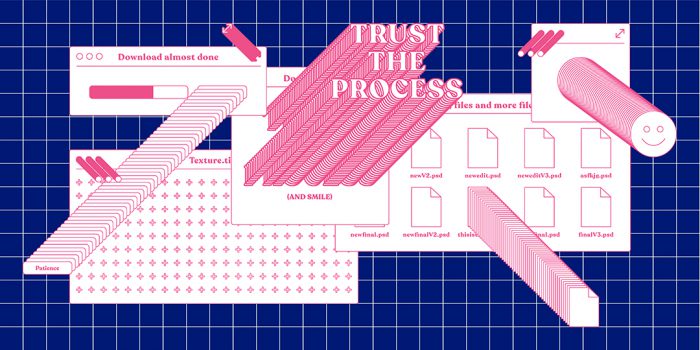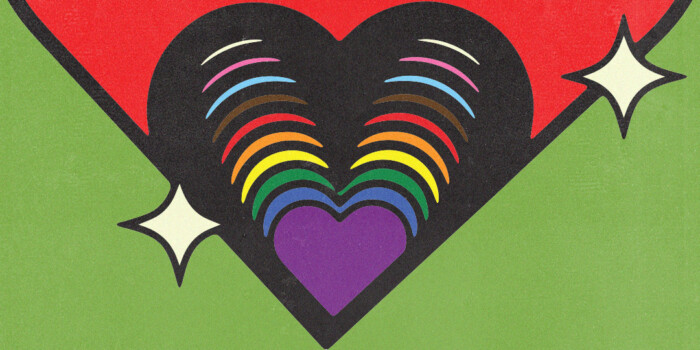How a Proper Branding Strategy Can Help Your Start-Up Business

Arek Dvornechuck is passionate about helping businesses increase their perceived value through expert brand identity design and consultancy. He defines brands and designs how they look, aiming to bring clarity and simplicity to each project he works on. In this new guest post, he talks about the importance of using branding to differentiate products and services from competitors in the market.
Branding distinguishes one company from all of the others that offer the same products and services, and an ongoing process of creating a unique identity for a company. If a business were a person, its brand would be its personality, its clothes would be its style and the memories would be its brand story. Businesses use branding to create emotional associations between their target audience and products.
Product Related Branding Can Help Your Target Audience Identify With Your Company
Think about chocolate. If you go to the candy aisle of your local grocery store, you may find:
High-end dark chocolates in ornate packages marketed to connoisseurs
‘Fun’ chocolates in silly shapes or colorful wrappers to attract children
Retro classics that remind you of your childhood
Chocolates from other countries
Middle of the road candy bars and confections that are familiar and comforting
Sugar-free or portion controlled chocolates
The purpose of this is to find a niche by offering a unique chocolate. Branding also plays an important role here. When you see a fancy candy bar, you might think:
Luxurious
Upscale
Sophisticated
Indulgent
You might also visualize the type of person who eats this candy and the situations where they might enjoy it:
Someone who enjoys quality products
Someone who has excellent taste
Someone who can afford luxury chocolate
Someone who appreciates the complex flavors of a good chocolate
If these are the thoughts and feelings that the marketers for a luxurious chocolate brand want you to have, then that’s effective branding that appeals to customers with discerning tastes. If you’re presented with a cheap, lower quality chocolate, you might think something else entirely. In both cases, the packaging, colors, and product itself all contribute to the desired brand that companies are trying to create. Customers who see these products on the shelves are more likely to buy them if they connect them with a need they have at the moment, or if they identify with the product and the company that makes it.
Branding Can Stand in for the Face to Face Connections That Are Often Absent in Commerce
Today branding is more important than ever. One of the key reasons for this is the prevalence of online commerce. Customers in both the B2B and B2C sector don’t just buy products online, they have entire relationships with businesses online. This takes away the human element.
There’s no salesperson, business owner, or another staff member for people to meet in person. Instead, businesses are just faceless entities. Even when brands are sold in brick and mortar locations, the people customers interact with aren’t invested in the business that produces the brand. Think of big box stores and all of the goods sold there. There’s no real representation of your startup. Startups need branding to stand out from another, and to create personal connections with their audiences. With branding, you create the personality that customers can connect with.
Startups Begin With a Clean Branding Slate
The thing that is most challenging for startups can also be the most helpful. You have the chance to build your brand from the ground up. You can examine your competitors and identify how you want to stand out from them. You can determine the associations you want people to make when they think of your business. Most importantly, you can plan what you want your branding to be and what you don’t want it to be.
At the same time, while you have a great opportunity, the pressure is on. Rebranding can be a costly and risky undertaking. Some companies rebrand with great success. Today, people associate Target with well-designed stores and a great appeal to middle-class families. In the nineties, they were just another store that sold cheap goods. Until they rebranded successfully, nothing differentiated them from Walmart or Kmart.
On the other hand, there are plenty of rebranding failures as well. Gap tried to rebrand itself by using s Helvetica typeface. Why would Gap choose the same typeface as one of their main competitors, American Apparel? Make no sense.
Neightan White, Chief Marketing Officer at Supreme Dissertations says, “Startups that do the best job of creating a brand will learn from both the successes and failures of other brands. Radio Shack abandoned its most loyal audience. Target formed relationships with designers and others so that they could offer better products than their competitors.”
There’s a Lot at Stake With Startup Branding
When a startup successfully creates its brand, it controls its own narrative. They control the perceptions, the emotional associations, and the conversations. This is absolutely key. When a startup fails to do this, they give that control to their competitors. Rest assured, if you don’t establish a strong brand, others will fill in the blanks with something negative.
Several Elements Make up Startup Branding
There are several elements that contribute to a startups branding. Each item plays an important role in creating the ‘personality’ of your brand.
Logo
This is the instantly recognizable, visual element that will become associated with your brand. A well-designed logo will make your audience think of your brand and open up all of the associations they have created with that brand. Think of your favorite, neighborhood restaurant. You see the logo, and you think of great food, time with friends and family, and friendly service. A successful logo will stand out from the others, but be simple enough to be memorable.
Persona
Chelsea Ann Dowdell, CCO at Rewarded Essays says, “Businesses that do branding the right way are able to create a bit of a persona or character. It’s basically the brand personified. It’s a bit like having a mascot, but the mascot is optional. Developing a character is key because people tend to do business with brands that are relatable to them.” For example:
The Wall Street Journal is trustworthy, reliable, and knowledgeable about finance.
Mt. Dew is young, athletic, and loves the outdoors.
Burt’s Bees is organic, natural, and environmentally aware.
Harley Davidson is intense and rebellious.
Remember that people are attracted to branding personas that represent how they see themselves, or how they would like to be.
Content
Content is everything your audience reads, watches, or listens to as it relates to your brand. Content is your blog, web content, social media posts, online conversations and more. What you share with your audience and the tone that you use contribute to your branding.
Whatever choices you make in terms of building your brand, content is what communicates those choices to your audience. It should be reflective of your brand persona and targeted to your audience. It must also be of the best quality at every turn.
Experience
The experience that you provide your customers is a part of your brand as well. Take a moment to consider what you see, hear, read, and otherwise experience when you visit the websites, social media pages, even brick and mortar locations of well-known brands. For example, tech-forward brands often provide cutting-edge experiences to show their expertise. Family entertainment brands like Disney often focus on making experiences kid friendly.
When designing the places that people will interact with your business, it is important that you take branding into consideration. Their experiences will contribute to the thoughts and perceptions about your business.
Final Thoughts
For startups, branding is an opportunity to inform the emotions and thoughts that others might have when they think of the brand. Branding is the tool that startups can use to make a mark while their products and services are still in the early stages. A brand is the one thing that can distinguish one business from another in its space.
Did you enjoy this article? We have lots more expert tips and interviews in our Guest Author category.
For more branding related content, check out this list of brand identities created by Shillington students, ranging from redesigning a small business to rebranding a city to change perceptions. And if you’re a beer aficionado, don’t miss this amazing list of 20 beer brand identities from around the world.
Want to win some amazing prizes and stay in the loop with all things Shillington? Sign up to our newsletter to automatically go in the draw.







